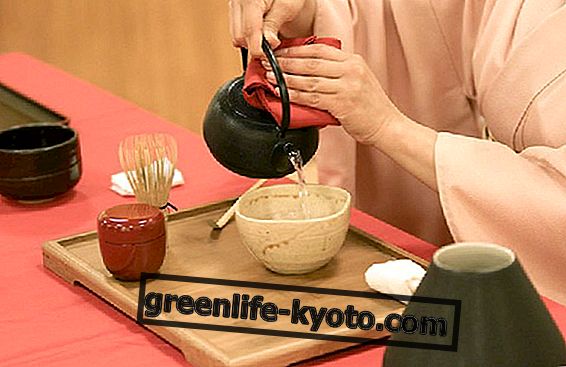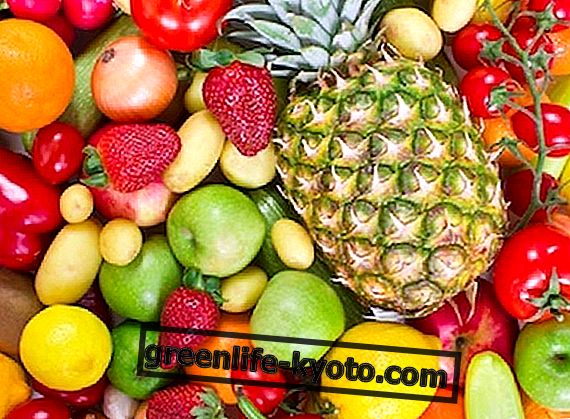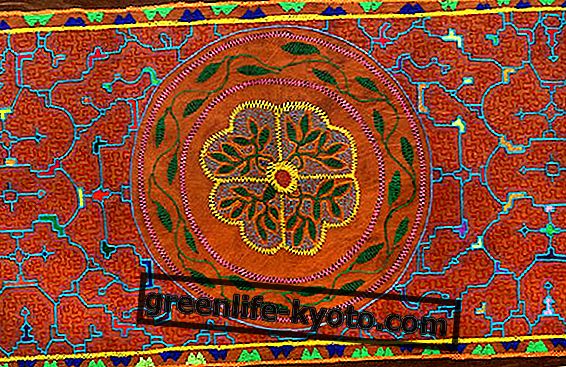
The origin of Japanese teas
The use of drinking tea, although it is more or less common throughout the world, originated in the East, initially in China, and later in Japan. The Japanese started consuming tea very soon. We are in fact in the year 729 AD when Emperor Shomu is said to have invited an important Buddhist monk to have tea at his palace. Four centuries after this event, the tea plant was already cultivated throughout Japan. Uji, a district near the ancient city of Kyoto, was the first tea-making region in Japan. From this region come two of the most famous Japanese teas, the Gyokuro and the Matcha. Later tea was also planted in Shizuokai prefecture and in the surrounding regions.
Special features of Japanese teas
Japanese teas are immediately considered by the local population as a real medicine, excellent remedies to stay healthy. The tea ceremony, the famous Cha-No-Yu, originates around 1500. However, even today, Japanese teas are not only the raw material of a ritual, but are a healthy habit, to be consumed later every main meal: every self-respecting Japanese drinks at least a cup of green tea a day.
The most curious thing is that the different Japanese teas are produced from the same plant, what changes is only the type of processing of the leaves. Once Japanese tea processing was done by hand by experienced Japanese tea masters; today, however, it is mechanized, even if the utmost care and attention is maintained in the process, as in the traditional one. In Japan only green tea is produced, which undergoes a particular treatment, namely steaming; steam cooking is applied to all Japanese teas immediately after harvesting, so as to block fermentation.
How many Japanese teas are there?
Japanese teas are green teas: in the Japanese language in fact with the word "ocha" お 茶, we mean "green tea". The Japanese fields cultivated with tea are a real spectacle for the eyes, they are low bushes of bright green that form a landscape made of many soft and delicate waves.
The main types of Japanese tea are:
- Sencha, the most common and widespread tea among the Japanese, with a high content of polyphenols and an unmistakable aroma, is steamed, dried and worked in rolled leaves like thin needles. If the leaves are not stretched but curled, Tamaryokucha is obtained, with a very fresh taste.
- the Bancha, has a similar processing to the Sencha, only that the largest and most adult leaves are used, the taste is slightly more bitter.
- the Houjicha, similar to Bancha, receives, unlike the latter, a slight toasting that gives the drink a golden color and a strong aroma.
- the Gyokuro, one of the most precious Japanese tea, that of great occasions, also called " precious dew ": it is a tea rich in chlorophyll, thanks to its processing, with its unmistakable bright green color and sweetish taste.
- Tencha is produced with the same method as Gyokuro and has a particular fragrance and a brilliant dark green color. Mat-cha tea is made from finely ground Tencha.
- Kukicha, the tea made with the stems of the plant, has a smoky aftertaste and a brown color due to roasting. Excellent green tea for diets, as it has a low theine content .
- Genmaicha is the typical tea of Japanese breakfasts, mixed with toasted brown rice and puffed rice grains, very tasty and light brown in color.
- Kokeicha is a green tea in a very fine powder, which undergoes a particular steam process, a strong taste that reminds of seaweed.
- the Mat-Cha is the famous tea of the Japanese Cha-No-Yu ceremony. Its leaves grow in the shade, are then steamed and dried, cut into very small pieces and reduced to a very fine powder by a large stone wheel.
Curiosity: Matching Montecristo cigar and Mat-cha tea. Does it seem impossible? Look to believe!











